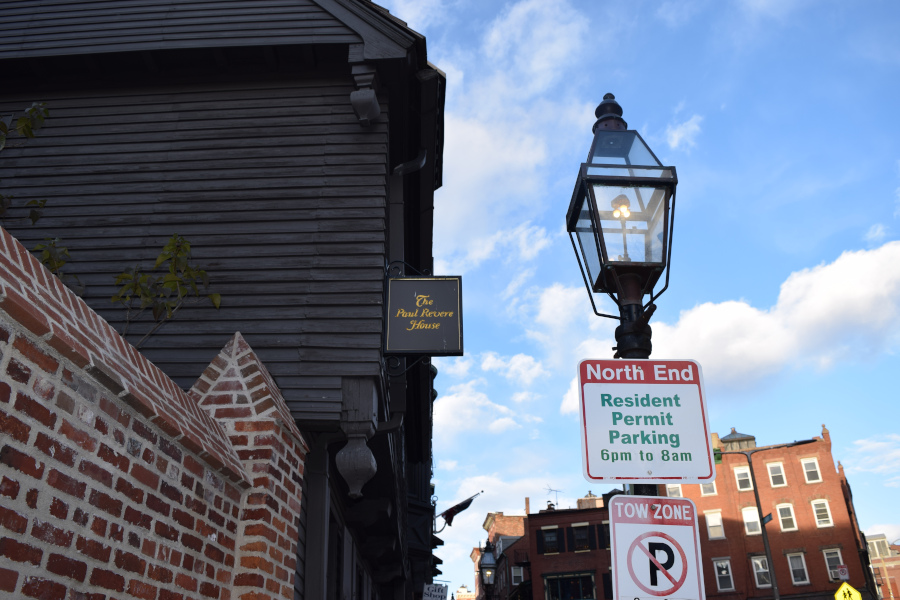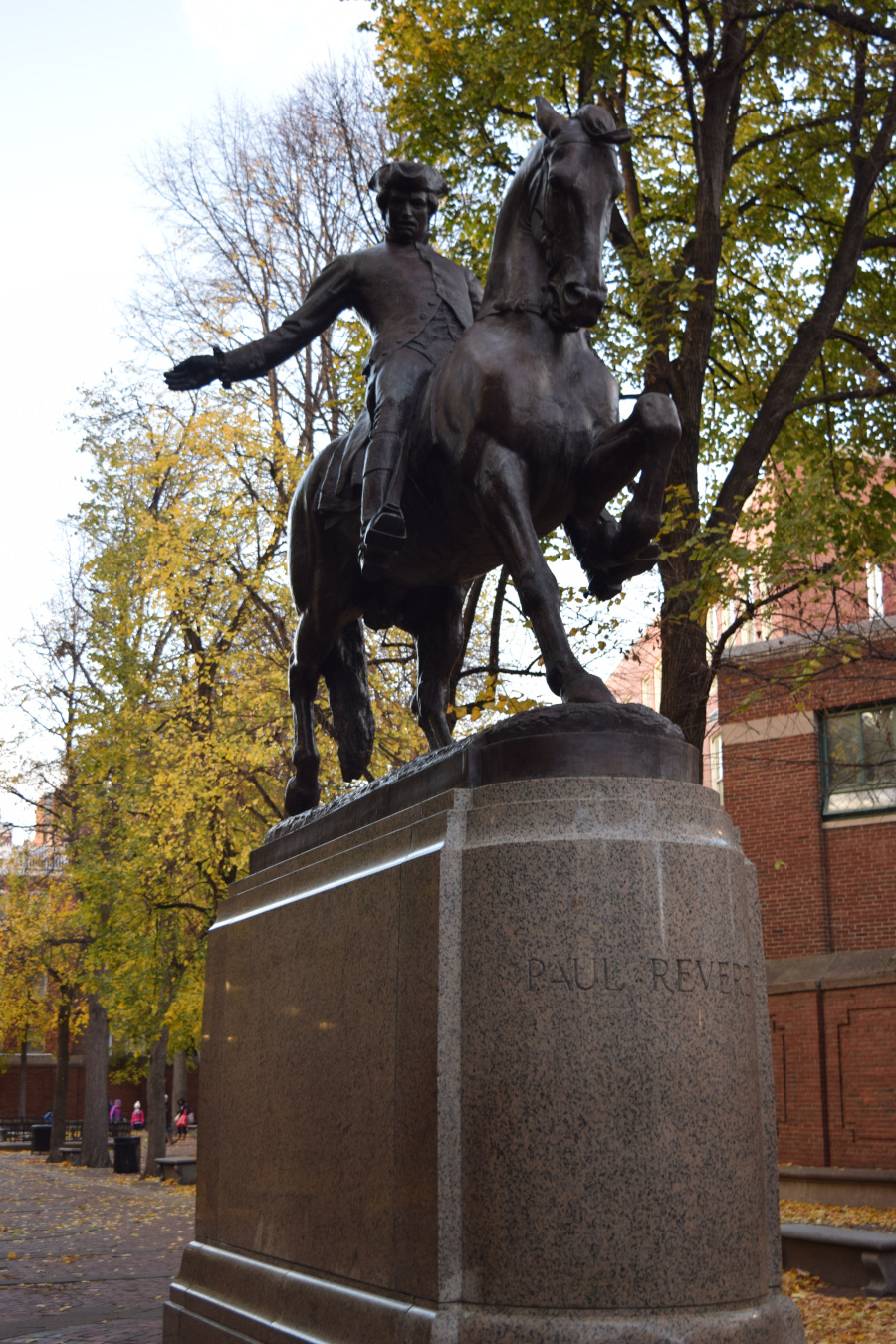Location:
19 North Square,
Boston, MA 02113
Phone: (617) 523-2338
Located in Boston's North End, the Paul Revere house is a small museum interpreting Revere's life and Boston's history of the 17th, 18th and 19th century. The museum has lot of the original pieces from the time period, and some authentic period furnishings that he used at the time. There's a curator in each area of the house, giving small presentations and answering questions.
This is the house that Paul Revere owned, and lived in for some time, from 1770 to 1800, but has since undergone several restorations and renovations over the years to preserve its historic integrity.
It is the oldest building in downtown Boston and the only surviving residence of the patriot Paul Revere during his time in the city.
It was donated to the Paul Revere Memorial Association in 1908, which operated it as a museum dedicated to Revere's life and contributions to American history.

Who was Paul Revere?
Paul Revere was an American patriot and silversmith who is best known for his role in the American Revolution. He was born in Boston, Massachusetts in 1735 and worked as a silversmith throughout much of his life. However, he also played an active role in the revolutionary movement in the colonies.
One of his most famous acts was his midnight ride on April 18, 1775. He was tasked by the Sons of Liberty, a group of colonists who opposed British rule, to ride to Lexington, Massachusetts to warn Samuel Adams and John Hancock that the British were coming to arrest them, and to warn the local militias to be ready for the British troops that were on their way. He successfully completed his mission and the Lexington militia was able to muster enough forces to delay the advance of the British troops to Lexington and Concord.
Revere also served in the Massachusetts militia, fought at the Battle of Bunker Hill, and served as a courier for the Continental Army during the Revolutionary War. He was also involved in various other revolutionary activities, such as helping to smuggle arms into the colonies, and participating in the Boston Tea Party.
After the war, Revere returned to his business as a silversmith, but he also was active in politics and community affairs. He served as a state representative and was a member of the Massachusetts Governor's Council. He died in 1818. Paul Revere is remembered as a hero of the American Revolution and his name is synonymous with the fight for American independence.

Back to Museums and Libraries in Massachusetts